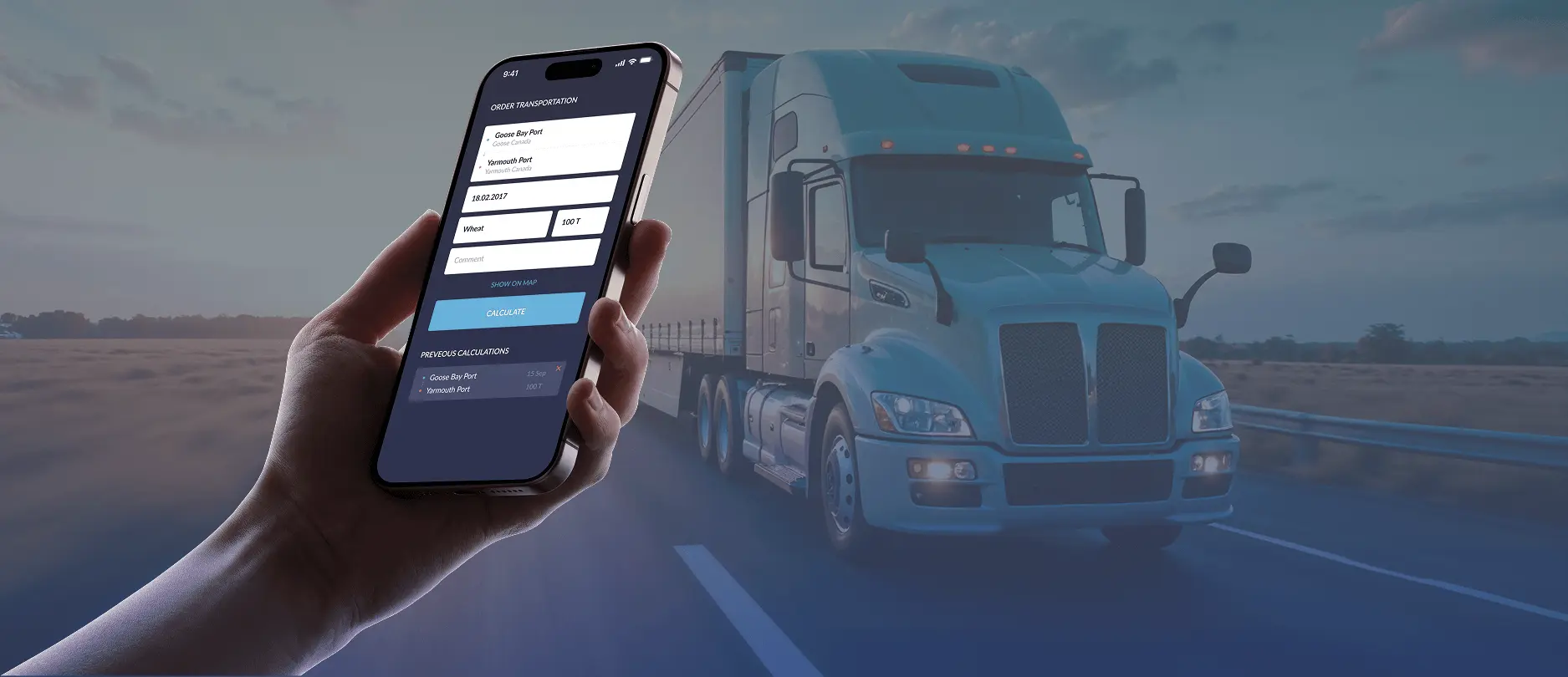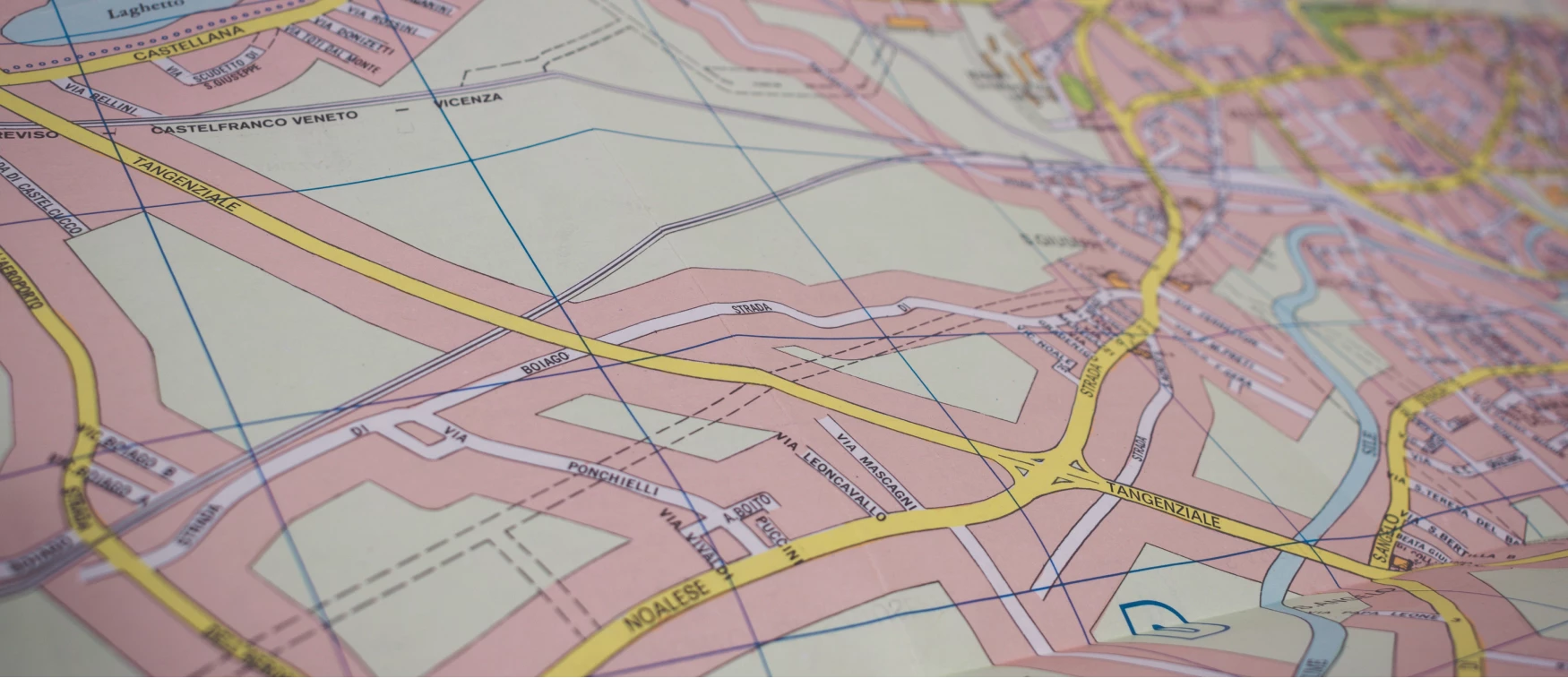
Foursquare was probably the first entertainment startup to introduce location-based services to the mass-market. Later on, Pokémon GO was fueling a wave of augmented reality game app ideas, startups with a location-based touch got back into the spotlight. What location-based apps ideas can enhance your software solution or fuel your startup ? Let’s find out!
You may use our calculalor to estimate the approximate cost of app development
What Are Location-Based Mobile Apps?
Location-based services apps/location-aware apps are the applications that offer various services depending on the user’s location as identified using GPS or data from the cell tower and Wi-Fi. There’re several types of services out there:
1. Location-based search for various services and places: restaurants, time tables for public transport, health professionals. For example, Zomato location app lets you view menus, photos and reviews for restaurants nearby which is handy if you’re looking for a place to eat in a new city:
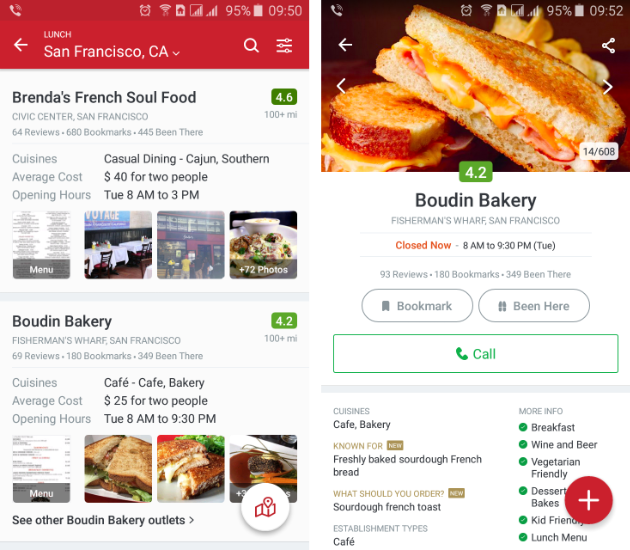
2. Sending push-notifications (sometimes called drop-messages): various loyalty program apps and apps that allow to earn points that can be exchange for discounts or gift сertificates. It’s almost like location-based messaging app Momo from China but for brands.
For example, Shopkick gives users points (kicks) when they enter certain shops, and while at the shop people are more likely to buy something since they’re already there.
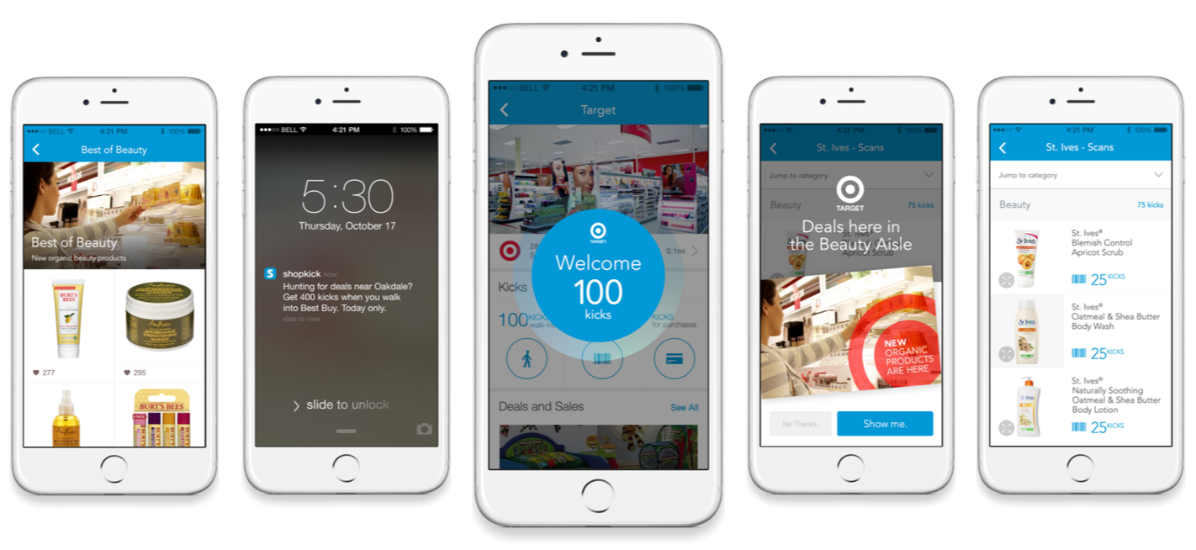
3. Apps for finding people: apps for tracking geolocation of family members and friends or safety apps, dating apps, and communication apps for joining others in sports activities, hobbies, trips, and the like. Tinder-like dating apps are probably the most obvious example here.
And Hppn app took an idea of making friends with people nearby to a new level: it shows you user profiles of people you’ve been physically nearby with this day (like somebody who drove the same bus or sat with you in the same café). And you can connect with this people.
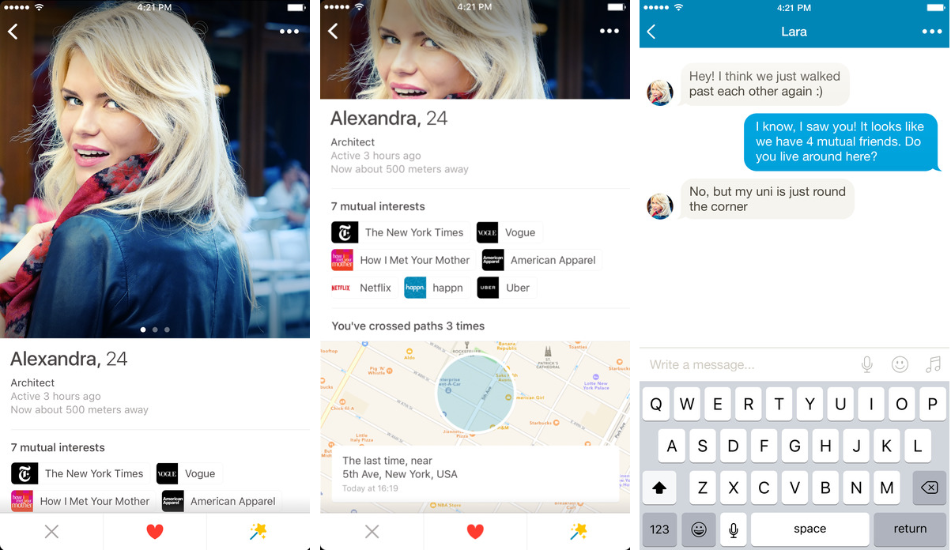
How to Make a Location-Based App
Location-based app development should begin with the understanding of the aims you pursue and the business task you want to solve. However, there are some common features to use:
- Users should be able to identify their location and share it with others
- The solution should allow measuring distances between objects (to find the nearest shop, café, restaurant, etc.)
- The app should contain in-built maps with navigation feature, for the users to spot the fastest ways to their destination.
To build a location-based application, which will interest users and keep them engaged, you should decide on the must-have functionality, key features to solve your business needs, data security aspects, most suitable technologies, and the tech stack.
Let’s look into the geolocation technologies in more detail.
Want a web app that does more?
Let's build a solution that's smart, sleek, and powerful.
Alina
Client Manager

Location-Based Technologies
As we have already mentioned, the aim of building a location-aware app should influence the choice of technology. If we create a mobile guide around the country or its picturesque places, we may suppose that GPS would solve all our problems.
However, we may not need the GPS at all, it’s not a good idea to use a steam-hammer to crack nuts.
To make an excellent app guide, positioning principle, based on Cell ID may be enough. Cell ID does not provide accurate user coordinates, only the information that the user with a smartphone has entered a certain sector of base transceiver station within a location area code. The details about the BTS can be received from multiple free databases, OpenCellID is the one most popular.
The idea is that we tie some points of our interest in the app with the BTS ID in this area. When a user enters this sector, an app can make some prompts like: " Don’t you want to visit ... nearby?«, or «You are almost at...».
Why is it better than GPS? The major answer is that the application does not need an active GPS receiver, and the battery will live long.
Let’s take a big store or even a shopping center for the following example. It can also be a smart home system. Not by any stretch of the imagination, should you use GPS in such cases. The minimum problem you will face is a low signal indoor, the best variant is that it will show what building a user is in.
Wi-Fi positioning is used for such purposes, it works well in premises. The principle of it is that the building contains Wi-Fi transmitters, and the software realizes the logic of position defining. The location is defined to an accuracy of 0,5 -2 meters, depending on the number and position of the transmitters.
Thus, the app will be aware of the user position every moment and it opens broad possibilities for businesses: you can prompt your users about a shop nearby (in case of shopping centers) or inform them about the discount for some products.
Businesses can receive a lot of additional information: the most visited places in the shopping center, the most popular customer routes in the store, even a list of people who entered the store without frames at the entrance (the frames at the entrance are primarily intended to count visitors and not to detect thieves).
We once developed an application, the essence of which was to monitor users through a WiFi scanner, register their devices IDs, the customers’ points of interest in a shopping center, and targeted advertising was generated based on this data. This implementation was very similar to geofencing technology but more accurate.
Geofencing — in fact, it is the definition of users in a specific geofence. A GPS module is used, and the technology is based on determining coordinates. In case you have a store and an app for it, the users having it, can be notified of a recent promotion or discount when they pass by. It’s a wonderful chance for businesses to remind their clients about themselves, but what if a company fails to have a dedicated app?
A low-power Bluetooth LE — iBeacon technology comes to the rescue. These are small tags that are used within a short-range wireless data transmission (Bluetooth LE) to distribute messages or notifications.
Let’s now speak about the most popular technology — GPS, high precision user location technology. We often use it for logistics or taxi service apps. It will also be a great option for a restaurant network.
Depending on the task to solve, we can choose the most suitable technology to use. It is often a combination of several technologies to close as many issues as possible for the users and businesses.
Stages of Location-based App Development
Creating a location-based mobile application we keep to a standard procedure, where the first stage is discovery, followed by design, then backend is implemented. Only finally we develop a location-aware app in Android or iOS.
The success of the entire development process is to a great extent determined by the discovery stage. It’s vital to find out all the aims and tasks the client has in mind. The next step is to identify the pains of the users and the things which can engage them.
When the light is shed on the key points and the general concept of location-based mobile app development is worked out we agree it with our client. Stfalcon’s team proceeds to design after the client’s consent.
We work out the solution design with all the user flows and scenarios in mind to make it simple, intuitive, yet convenient, and effective and also agree it with the client.
The next stage is backend development since every mobile app needs to turn to the external server, which centralizes the whole business logic of a software solution we develop.
Finally, we make a location-aware app for iPhone or Android or both depending on the customer’s request.
We finalize the development with testing and QA stages that follow.
How Much Does It Cost to Develop a Location-Based Application
Every client, enthusiast, or startup wants to know the cost of development before they start a location-based app creation.
There is no definite answer to the question before the project details are discussed. However, to give you a slight clue, we’ll mention that app development for 2 platforms will approximately cost you 80000 USD.
With a minor budget, you can consider MVP development. It will cost you about 2 times less and provide you with an opportunity to launch your product into the market, test your idea, business logic, and user engagement.
And now let’s take a look at some geolocation app ideas for Android and iOS:
Ideas for Your Own Location-Based Apps
Using very basic types of location-aware apps specified above you can expand an idea further and build the following:
1. Location-based app for content available only in certain locations (SnapChat + Pokémon GO). Users and brands can write personal messages, add photos or offer discounts which their followers can only see when visiting a certain location.
For users it is an opportunity to recommend interesting spot to their friends or remind about a memorable event. Brands can use it to attract more visitors to their less popular venues by offering on-the-spot discounts or notify about special time-limited offers when users are downtown.
2. Location-based app for task automation. People love it when somebody (or something like app) completes a boring task for them. And a lot of tasks are location-based (don’t forget to notify a loved one you’re running late, grab those cookies from the store on the corner, etc.). Trigger app allows you to notify people when you’re leaving your workplace.
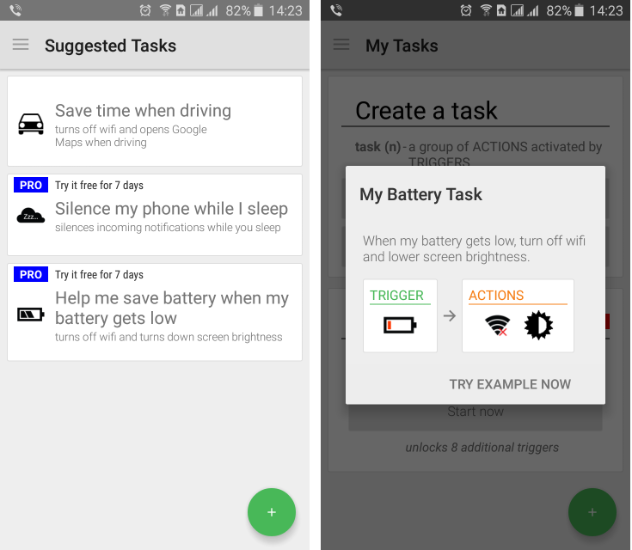
3. Location-based app for locating products in malls and stores. Modern retail stores are full of products and not everything worth of attention can be put upfront. With this app idea brands can:
- point out products to consumers based on what they’ve bought before
- remind about recurring purchases
- point out special offers and items that are on-sale
4. Location-based app for notifying users about threats nearby. Unfortunately, a modern world is not as safe as we’d like it to be with acts of terrorism, natural and various human-instigated disasters happening daily. This kind of app can provide users with crucial notifications based on the automated analysis of local online newspapers while spare them the overwhelming flow of bad news from around the world.
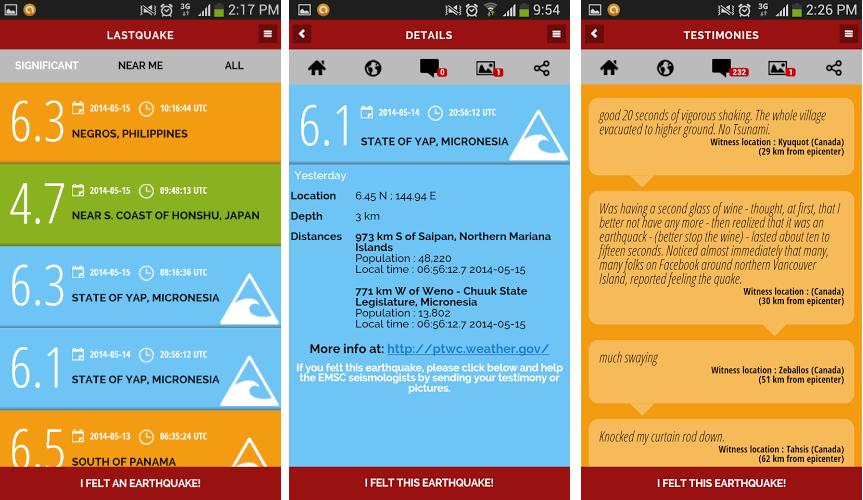
LastQuake (France) and FEMA (USA) offer information about a limited types of events, quakes and weather-related respectively, but the world still lacks a sophisticated solution in this field.
5. Location-based app for planning a weekend or location based reminder app.. We surely have a lot of mobile travel guides and apps for finding a place to eat, to sleep, and to hang out at. But all trip planning is still on us. A location-based app for Android and iOS that could offer decent weekend planning (booking tickets or hotel, sightseeing, clubbing) based on the user’s budget and type of leisure they prefer will get a lot of hype. Plus, there would be a clear profit for brands: you could prioritize or advertise the activities they offer for a fee.

Our Experience
The best examples of the location-based app development performed by Stfalcon recently are a car order service app BBGO and Whizzy.
BBGO is a system of ordering a car. We created a complete set of flexible services for launching the new system on the market. Stfalcon developed both app variants for the passengers and drivers. We implemented the feature of defining a user location, routing, and tracking the car movement to the pickup point.
The system, created by Stfalcon, will allow the business owner to develop the business further, optimize and scale the system in the future.
Whizzy is an items’ delivery service for the Middle East market. The clients can order item movement or delivery and track the order in real-time, while the driver carries it out.
Stfalcon built app based location tracking services for iOS and Android for clients and drivers from scratch in two languages: English and Arabic. A website and admin panel was also developed for the project.
Conclusion
Geolocation technology has something to offer beyond suggesting popular restaurants nearby and yet another location-based dating app. You just got to think of what activities are location-related and where would people love to see a bit of automation.
Initiating the product discovery phase is a crucial initial step to establish a strong basis for developing apps using location based services. This phase encompasses a functional specification, UX/UI design, and a visual prototype, providing a clear vision of the final product. Typically, this phase lasts 4-6 weeks.
The benefits of the product discovery phase include:
- Defining a comprehensive scope of work and creating a roadmap for the project.
- Establishing a realistic budget for your Minimum Viable Product (MVP) and planning resources accordingly.
- Testing the concept with your target audience through a visual prototype.Crafting a compelling investment pitch to attract potential stakeholders.
- Understanding your team and fostering a productive working relationship.
Need MVP development, iOS and Android apps or prototyping? Check out our portfolio and make an order today!

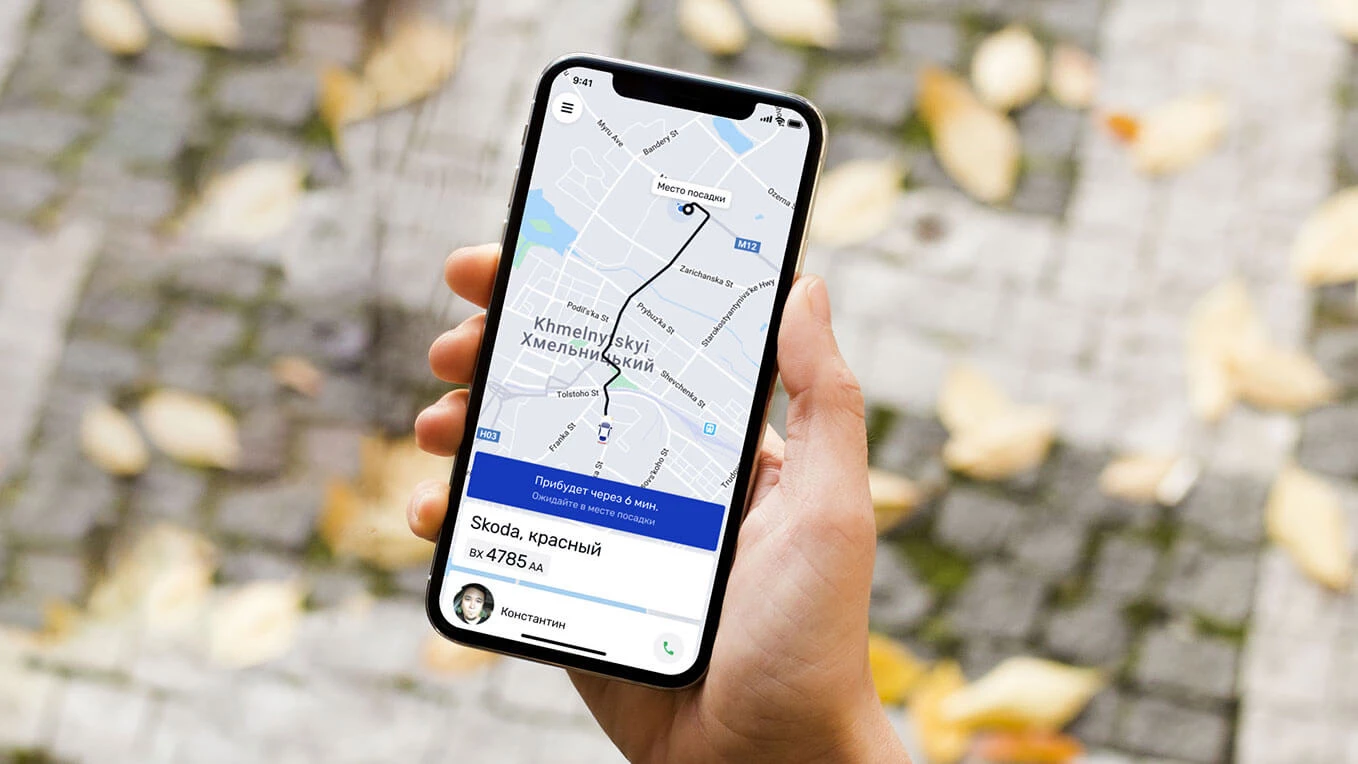 Case study: Car order service
Case study: Car order service

